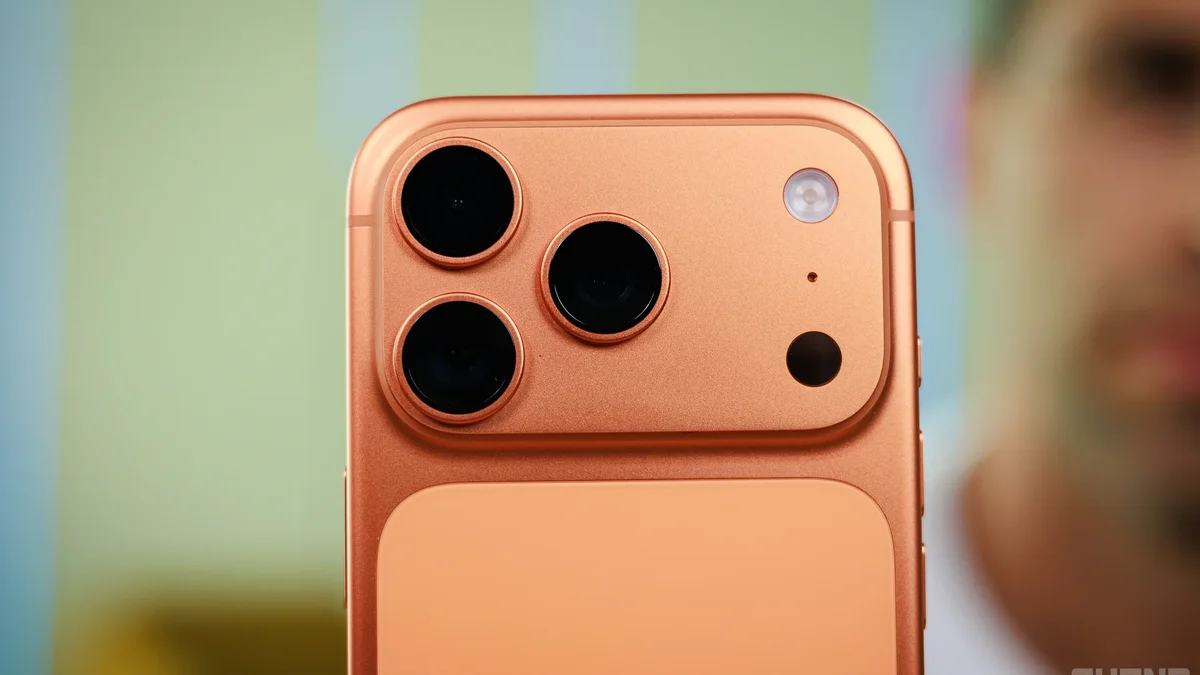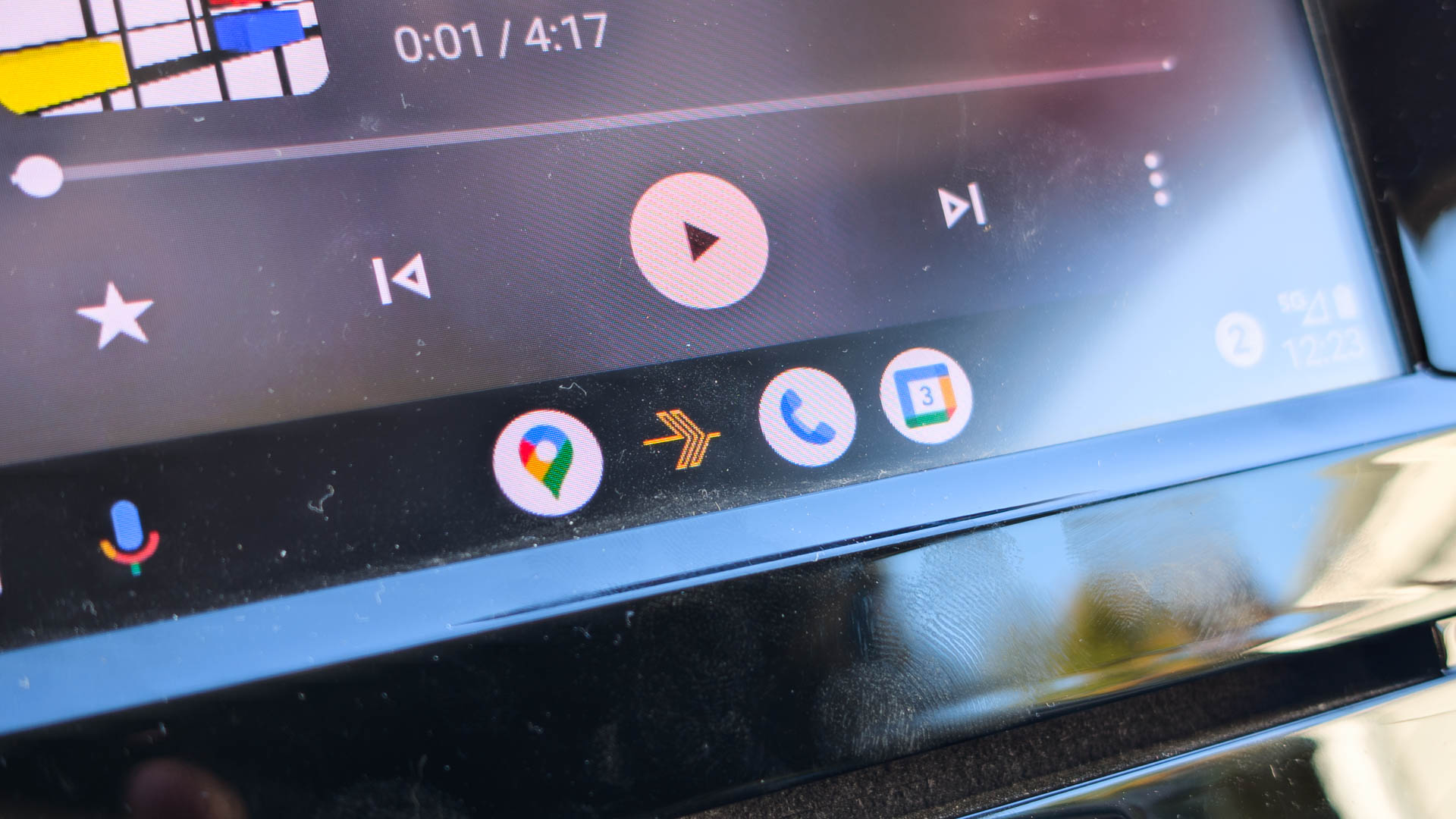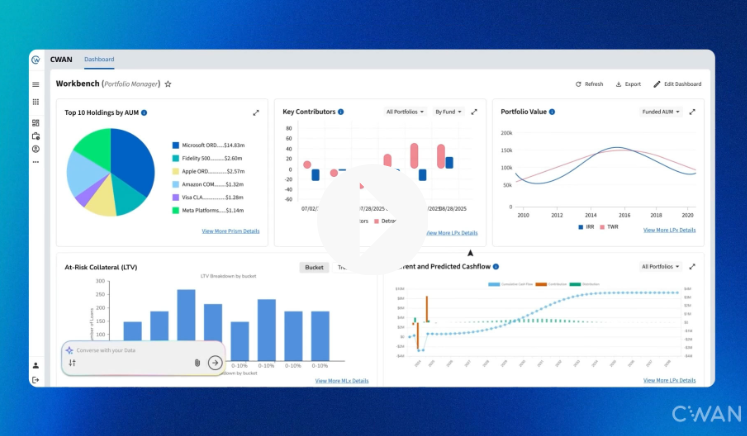The Problem
When I try to analyze what was behind this little moment of recollection, I realize that Apple not only polished every individual Live Photo experience. When you take multiple photos in close succession, it will merge the Live Photos into one single video.That is exactly how six selfie pictures with Live Photos turned into a one fun little video.
This is something that Apple has done quietly. You won’t read about this in the company’s marketing materials, but it shows incredible attention to detail that I just don’t see in other phones.
Instead, other brands playbook usually focus on the specs over usability. Company X uses the newest Sony IMX3435 sensor. I made that number up, but often we are bombarded with that level of technicality while completely overlooking the experience of photography.
Phones are bulky and awkward to shoot with
It doesn’t help that most of those camera super phones are bulky and awkward devices with a giant camera module.
Try holding the latest Vivo X series Pro or Ultra phones. Yes, they have big sensors, but the devices are so incredibly top-heavy it feels like they can fall out of your hand any moment. The iPhone experience, in contrast, feels considered, like it’s made for real hands, not lab demos.
Let me be clear: I am not totally against bigger camera phones. Some people love photography and want the biggest sensors, but what I am saying is that such design appeals to a very niche audience. It’s strange to glorify such a niche design as the ultimate camera phone for everyone when it comes with such compromises.
Camera UIs feel like operating a machine, not capturing a moment
Apple recently reworked the camera app on iPhones with iOS 26, and it is such a delightfully simple design.
The camera app on many other phones often feels outdated or overwhelming.
OnePlus phones for example have a big button with shooting modes right in the camera app. All of those shooting modes are incredibly niche, including things like fireworks. Such options should not be taking prime real estate in the camera app, but those companies simply don’t seem to care.
Not to mention the other big compromise with most Android phones — the jerky transition between lenses. It’s yet another thing that Apple does not brag about, but gets right. After all, it’s about the “feel” of a camera, not just its technical complexity.
What Apple got right
I’ve already given the Live Photos example, and it’s a big one for me because it is such a subtle way of emotional storytelling, a breathing photo of sorts.
But there is a lot more. I was surprised that many Android phones still don’t allow you to convert a regular photo of a person into a portrait mode one. For the last couple of years, all iPhones have been able to do that, meaning that you don’t ever really need to shoot in portrait mode.
This is such a quality-of-life improvement, but it’s nowhere to be found on many Android phones.
Or let’s take the switch to more detailed, 24MP photos on iPhones. Again, a change made a couple of years ago, but compare this to Android leader Samsung and Galaxy phones still shoot 12MP default photos.
And then come the editing tools: integrated, fast, built-in for real use. Photographic Styles are more than just the basic filters you find on Android phones, and again, we have not seen anything so well-thought-out in these supposed camera superphones.
Why all of this matters
I don’t want this to be an Apple fluff piece. There are some parts of the camera experience that I think Android phones get much better than iPhones.
Samsung phones have the magic erase, which works so much better than the Clean Up tool on iPhones. Vivo and Xiaomi phones use the telephoto cameras for macros, which results in some stunning close-ups, while iPhones still rely on the ultra-wide camera for macro photos (which is the wrong way to do it).
But at the end of the day, photography isn’t just about megapixels — it’s about emotion.
The iPhone has managed to stay consistent, and using its camera is all about ease and “liveness”. In my opinion, it’s a far better memory machine.
And I really wish more companies realized that and started focusing more on the experience, not just the hardware.









